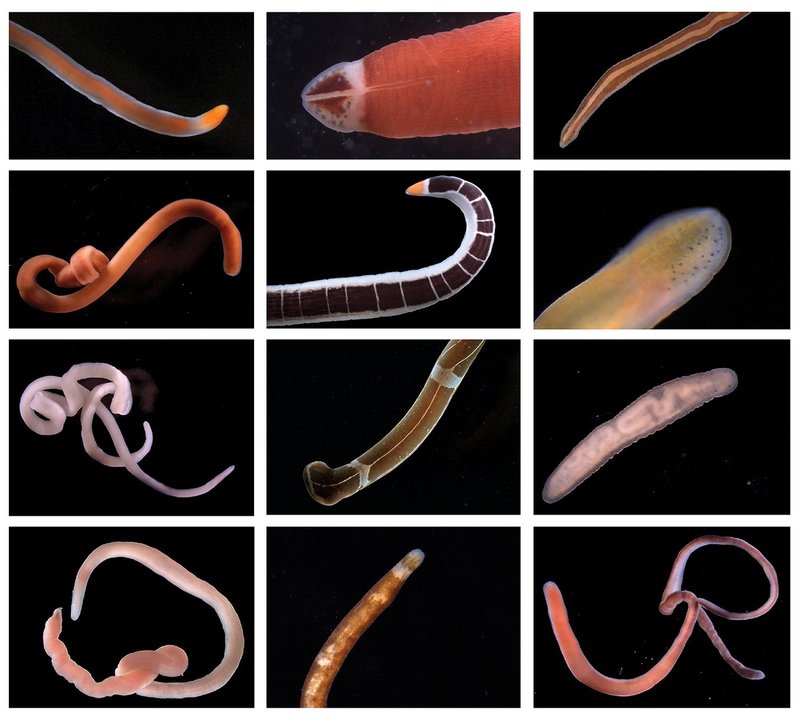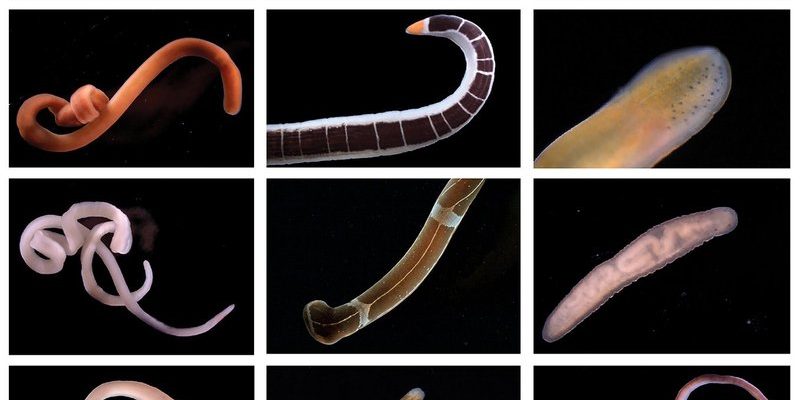
So, what exactly are ribbon worms? Also known as *Nemerteans*, these soft-bodied invertebrates can stretch and contract, often resembling a colorful spaghetti strand. They’re found in various habitats, from tidal pools to deep ocean floors, and they come in many shapes and colors. Understanding the ecological importance of ribbon worms can help us appreciate not just these unique creatures, but also the delicate balance of our ecosystems.
What Are Ribbon Worms?
Ribbon worms belong to the phylum Nemertea and are commonly found across the globe. They have elongated, flat bodies that can range from a few centimeters to several meters long. Some species are vibrant and colorful, while others are more subdued in appearance. You might be wondering how they move around. These worms are quite agile! They can stretch and shrink their bodies, enabling them to glide through water or burrow into the sediment with ease.
One interesting feature of ribbon worms is their **proboscis**. This specialized feeding tool can extend and retract quickly, helping them capture prey like small fish and crustaceans. Think of it as a high-speed dart that helps them snag lunch. This adaptation not only aids their survival but also helps regulate local populations of other marine life.
The Role of Ribbon Worms in Marine Food Chains
Ribbon worms are important players in marine food chains. They’re not just scavengers; they can be both predators and prey. Being part of the diet for various fish and other marine animals, they help transfer energy through the ecosystem. When larger animals eat ribbon worms, they’re getting essential nutrients that contribute to their growth and reproduction.
Moreover, ribbon worms themselves consume a variety of organisms, helping to keep populations in check. They feed on everything from smaller invertebrates to detritus, which acts as a natural recycling system in the marine environment. This balance is vital for maintaining healthy ecosystems, enabling various species to thrive without any one species dominating.
Soil Aeration and Sediment Health
You might not think of worms as gardeners, but ribbon worms actually play a significant role in aerating ocean sediments. As they burrow through the substrate, they create tiny tunnels that allow water to circulate more freely. This process is essential for maintaining healthy sediment, as it helps distribute nutrients and oxygen to the organisms living there.
The movement of ribbon worms also helps break down organic matter. When they consume detritus, they aid in the decomposition process, which releases nutrients back into the ecosystem, fueling plant life and other marine organisms. So, in a way, ribbon worms are like tiny composters, helping the ocean’s garden flourish.
Bioindicators of Ocean Health
Ribbon worms serve as **bioindicators**, which means their presence and health can provide insight into the overall condition of marine ecosystems. If a specific species of ribbon worm declines, it can signal problems like pollution or habitat degradation. Scientists often study these worms to gauge the health of the marine environments they inhabit.
For example, an increase in certain ribbon worm populations might indicate nutrient pollution, while a decline may signal that habitat conditions have worsened. Monitoring these changes can help researchers and conservationists devise strategies to protect fragile marine ecosystems.
The Impact of Climate Change on Ribbon Worms
Like many marine species, ribbon worms are not immune to the effects of climate change. Rising ocean temperatures and acidification can disrupt their habitats and alter their prey availability. You might think of it like a domino effect: as the conditions in their environment change, everything else linked to them can also be affected.
In some cases, shifting temperatures can lead to changes in the distribution of ribbon worm species, which may then impact the animals that rely on them for food. This ripple effect illustrates just how interconnected marine ecosystems are, highlighting the need for us to be conscious of our planet’s changing climate.
Conservation Efforts and Public Awareness
While ribbon worms may not be the poster children for marine conservation, their ecological importance cannot be overstated. Efforts to protect marine environments can help safeguard these unusual creatures and the critical roles they play. Public awareness is key. The more people understand the importance of ribbon worms, the more likely they are to support initiatives that protect their habitats.
Promoting responsible fishing practices and supporting organizations that focus on marine conservation can make a difference. By shining a light on ribbon worms and other lesser-known species, we can encourage a broader appreciation for the complex web of life in our oceans.
Ribbon worms may not have the charm of dolphins or the allure of colorful coral reefs, but their contributions to marine ecosystems are invaluable. By acting as predators and prey, aiding in sediment health, and serving as bioindicators, these quirky creatures help maintain the balance of life in our oceans.
As we continue to grapple with environmental challenges, fostering awareness of all ocean inhabitants, including ribbon worms, is crucial. So next time you think about the wonders of the ocean, don’t forget to tip your hat to ribbon worms—the quiet heroes of the marine world. They’re doing their part to keep our planet beautiful and biodiverse.

